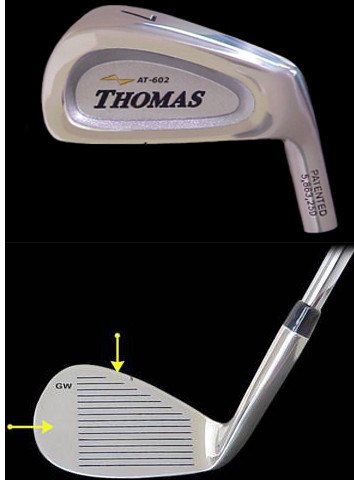Traditional-style golf irons, also called “blades” due to their thin appearance, are usually built from forged steel and feature smaller clubheads than “game-improvement” irons. Blades have certain advantages, but they’re not for everyone.
Because of their compact size, blades have a smaller effective hitting area than game-improvement irons; hence, it’s harder to make solid contact with a blade, and mishits don’t travel as far or straight as those with game-improvement irons.
While that may seem like a big disadvantage, many pros and low-handicap golfers prefer to play with blades. Here’s why:
- The traditional look, with sleek lines and shiny chrome, is highly appealing. This is more than an aesthetic consideration; being comfortable with your clubs boosts confidence.
- When hit solidly, blades provide a distinctive, even invigorating, feel and sound.
- Because blades are less forgiving, they let the golfer know when he’s missed the sweet spot. This feedback helps identify and diagnose swing flaws.
- The design of blades makes shaping shots (intentionally bending the ball left or right while controlling trajectory) easier than with game-improvement irons.
Being an above-average ball-striker is essential to playing with blades successfully. That said, many are now made with game-improvement features, such as perimeter weighting, that make them suitable for handicaps of 15 or higher.
Thomas Golf offers custom-fit, blade-style irons – as well as game-improvement models — at www.thomasgolf.com.







